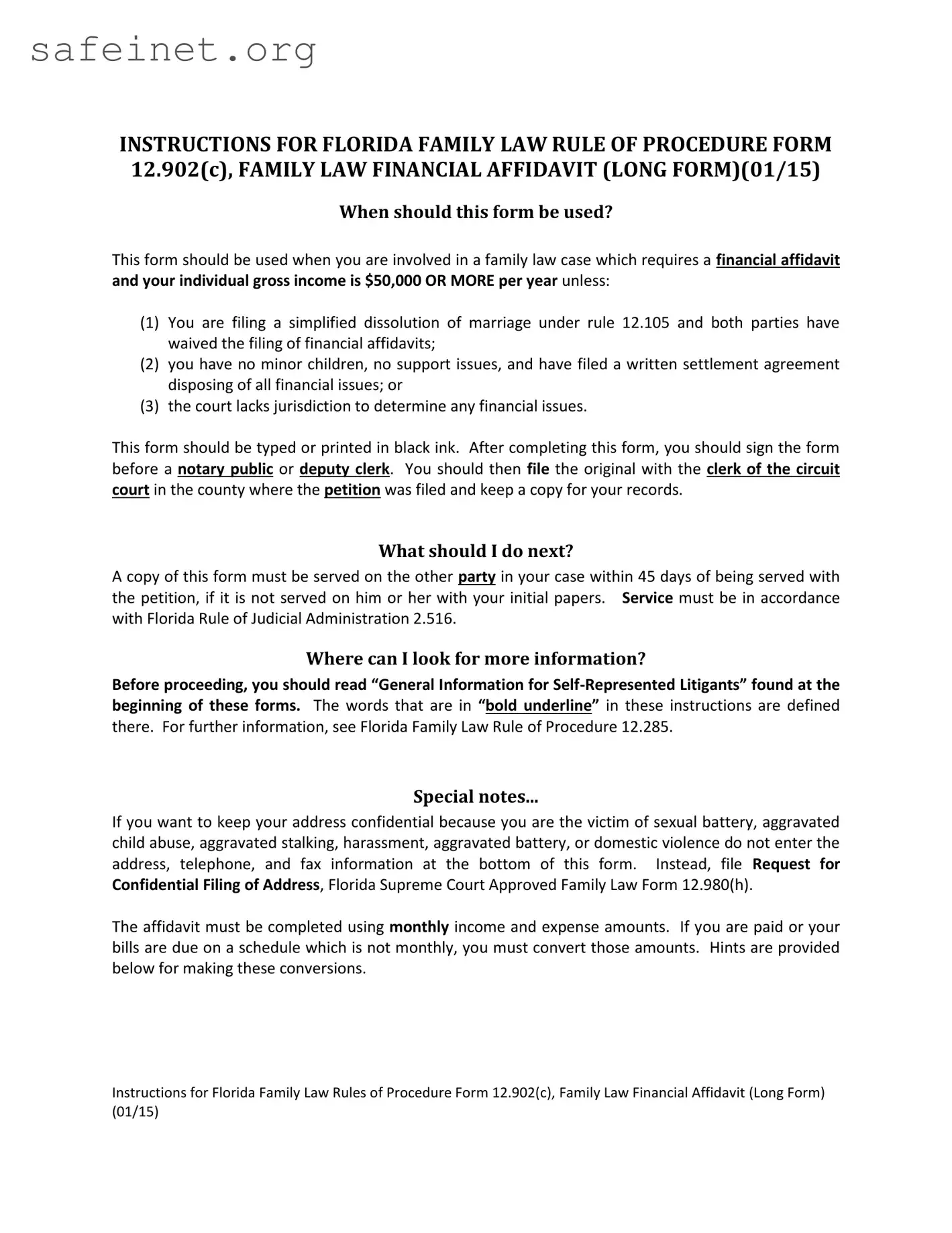MONTHLY INSURANCE:
64.$______ Health insurance (if not listed on lines 23 or 45)
65._______ Life insurance
66._______ Dental insurance.
Other:
67.________________________________________________________________________________
68.________________________________________________________________________________
69.. $_______ SUBTOTAL (add lines 66 through 68, exclude lines 64 and 65)
OTHER MONTHLY EXPENSES NOT LISTED ABOVE:
70.$______ Monthly dry cleaning and laundry
71._______ Monthly clothing
72._______ Monthly medical, dental, and prescription (unreimbursed only)
73._______ Monthly psychiatric, psychological, or counselor (unreimbursed only)
74._______ Monthly non-prescription medications, cosmetics, toiletries, and sundries
75._______ Monthly grooming
76._______ Monthly gifts
77._______ Monthly pet expenses
78._______ Monthly club dues and membership
79._______ Monthly sports and hobbies
80._______ Monthly entertainment
81._______ Monthly periodicals/books/tapes/CDs
82._______ Monthly vacations
83._______ Monthly religious organizations
84._______ Monthly bank charges/credit card fees
85._______ Monthly education expenses
86.______ Other: (include any usual and customary expenses not otherwise mentioned in the items
listed above)______________________________________________________________
87.__________________________________________________________________________________
88.__________________________________________________________________________________
89.__________________________________________________________________________________
90. $_______ SUBTOTAL (add lines 70 through 89)
MONTHLY PAYMENTS TO CREDITORS: (only when payments are currently made by you on outstanding balances). List only last 4 digits of account numbers.
MONTHLY PAYMENT AND NAME OF CREDITOR(s):
91.$_________________________________________________________________________________
92.__________________________________________________________________________________
93.__________________________________________________________________________________
94.__________________________________________________________________________________
95.__________________________________________________________________________________
96.__________________________________________________________________________________
97.__________________________________________________________________________________
98.__________________________________________________________________________________
99.__________________________________________________________________________________
100.______________________________________________________________________________
101.______________________________________________________________________________
102.______________________________________________________________________________



 SECTION I. INCOME
SECTION I. INCOME


 SECTION II. AVERAGE MONTHLY EXPENSES
SECTION II. AVERAGE MONTHLY EXPENSES

 SECTION III. ASSETS AND LIABILITIES
SECTION III. ASSETS AND LIABILITIES
